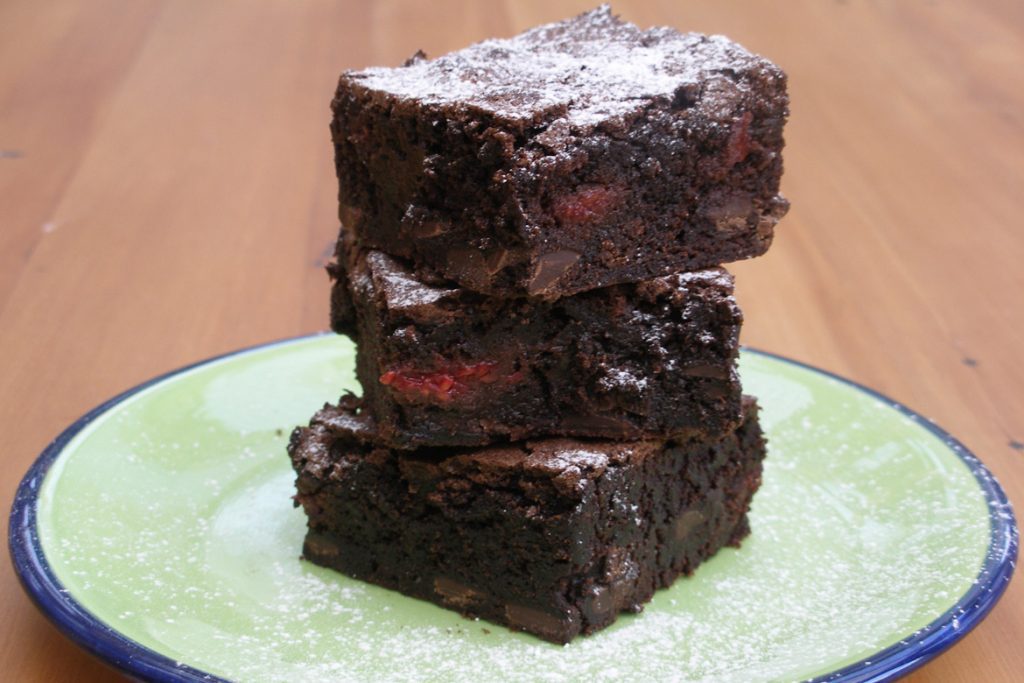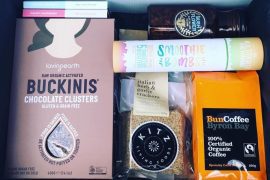Beetroot and Yogurt salad
Ingredients:
- 2 – 3 medium beetroot
- 1 cup greek yogurt
- 1/2 tsp ground cumin
- salt and pepper
Method:
- Prepare and cook the beetroot as for the marinated beets.
- Once the beets are cool, rub off the skins. Grate the beetroot flesh and drain in a sieve pressing to remove excess juice. Don’t throw away the beetroot juice as it is full of goodness. Drink or add to smoothies or dressings.
- If your yogurt is quite thin, strain in a cheesecloth over a sieve to remove some of the watery whey (see picture).
- Combine the beetroot, yogurt and cumin, and season to taste.
Serve as a side at a barbeque, a small amount goes a long way.
Make yogurt from scratch
It is easy to make fresh yogurt at home. Though, there are some excellent natural yogurts on the market these days so you may prefer to leave it to the experts. If you are interested read on…
We make 2 litres of yogurt at a time as we go through a lot of yogurt in our house. You can also make a smaller batch of 500ml or 1 litre just reduce the starter yogurt quantity accordingly. A batch will last a week in the fridge.
You will need:
- 2 litres milk – we use full cream milk as we prefer the creamy texture but you can also use low fat
- 1/2 cup natural yogurt – can use from previous batch
- a cheese thermometer – available from kitchen stores
Pour the milk into a saucepan and gently heat to 45C. Remove from the heat. In a jug combine the starter yogurt with a ladle of the warm milk. Stir to combine and add to the milk, mixing well. Pour into a large glass jar and wrap tightly in a towel. Place in warm place for 10-12 hours i.e. hot water cupboard, sunny window spot, or wrap a hot water bottle around secured with another towel. The key is to keep the multiplying bacteria (probiotics) at blood temperature (37C) for at least 10 hours.
*Fermented diary is easier to digest and contains healthy bacteria and enzymes that help maintain a healthy digestion. Some health practitioners believe the health of a person is directly related to the health of their gut. Therefore it is essential to eat food that feed our friendly bacteria including fermented diary, sauerkraut, miso, kimchi (Korean pickles) and raw organic vegetables (healthy microbes in the soil).
The modern diet of refined flour and sugar feeds the not so healthy microbes in the intestines, such as the yeast candida albicans. These can proliferate and lead to an imbalance of microflora in the gut resulting in poor health.
Chocolate Beetroot Brownie

Balance is the key to eating healthy and we enjoy our sweet treats. In recipes I cut back the sugar by halving the quantity and replacing with something moist i.e. yogurt, apple puree, mashed banana or in this case grated beetroot. You can hardly notice the difference, as sugar is an over-powering flavour no matter the amount.
Ingredients:
- 200 g dark fair-trade chocolate
- 75 g butter
- 2 free-range eggs
- 1/3 cup unrefined sugar
- 1 tsp vanilla
- 1/2 cup finely grated raw beetroot
- 3/4 cup flour (see below for gluten free)
- 1 tsp baking powder
Method:
Preheat oven 180C
- Put the chocolate and butter in a heatproof bowl and place over a pot of gently simmer water. Make sure the water is not touching the bowl. Melt the chocolate and butter together, stirring occasionally then remove from the heat and cool slightly.
- In a mixing bowl whisk together the eggs, sugar and vanilla until creamy. Add the chocolate mixture and beetroot. Add the flour and baking powder and gently fold together. Pour into a greased and lined 25 x 25 cm baking tin. Bake for about 25 minutes until firm. Cool in tin for 10 minutes then remove onto a rack to cool. Cut into squares and serve with natural yogurt.
Gluten-free
In our kitchen we mainly cook with gluten-free grains as we can get enough gluten while we are out and about. Gluten grains include, wheat, rye, barley and oats. More and more people are finding they are gluten-intolerant, whether mildly with poor digestion and skin problems, or more the severe celiac disease that can affect a person’s health considerably.
Wheat in particular has crept into our diet as one of our main food sources. Due to its overproduction it has lost some of its nutrients and is no longer prepared in the ways of the past with long fermentation i.e. sour dough bread. For this reason many people are finding they feel better when they limit their wheat and gluten intake.
In our pantry we keep a range of gluten flours on hand including rice, buckwheat, fine cornmeal and tapioca to be used as follows:
Rice – good for replacing wheat in recipes 1:1 with ¼ replaced for tapioca flour as it softens the rice flour. Also used for sweet pastry.
Buckwheat – combine half/ half with rice flour for pancakes and crepes.
Fine cornmeal – make piecrusts with 2 parts rice flour 1 part cornmeal.
Tapioca – used for thickening stews and mixing with rice flour as above to replace wheat in recipes.










